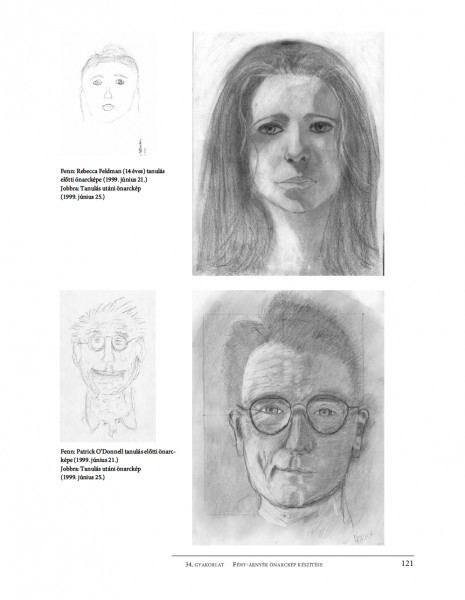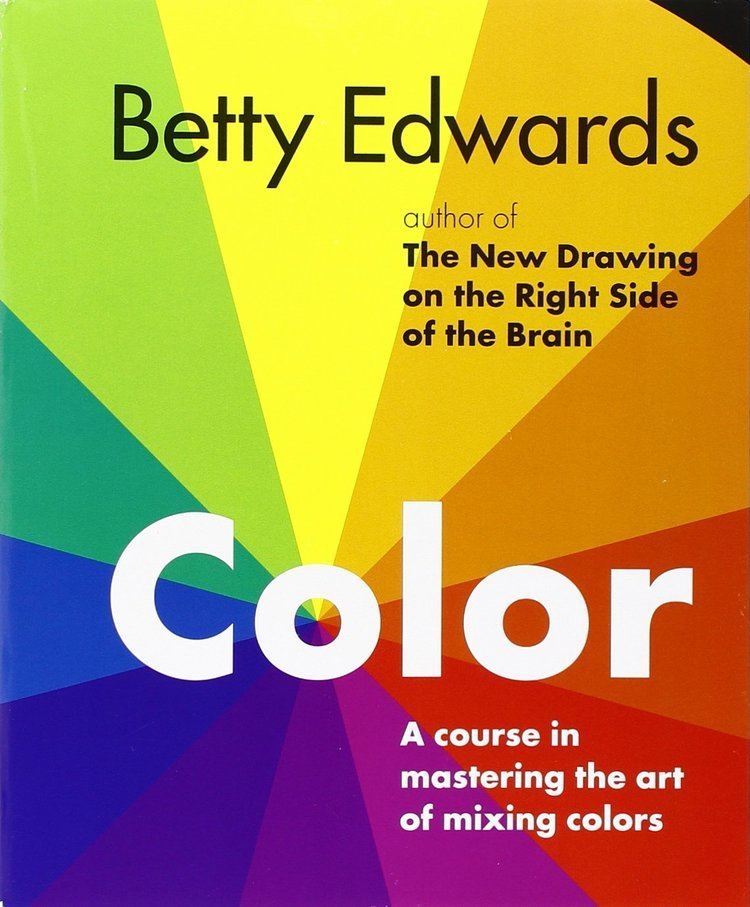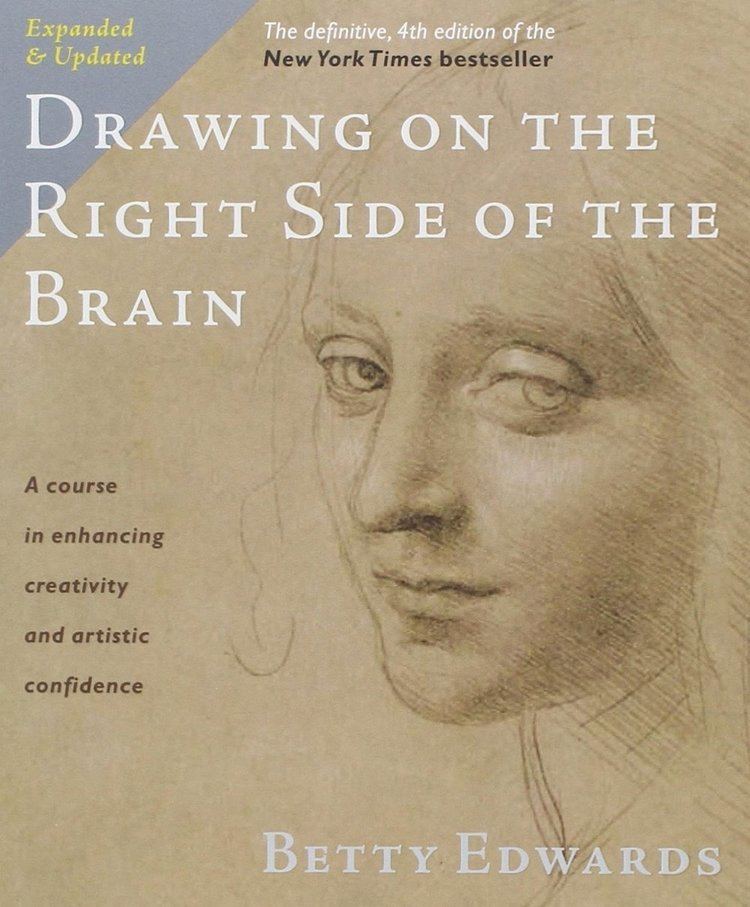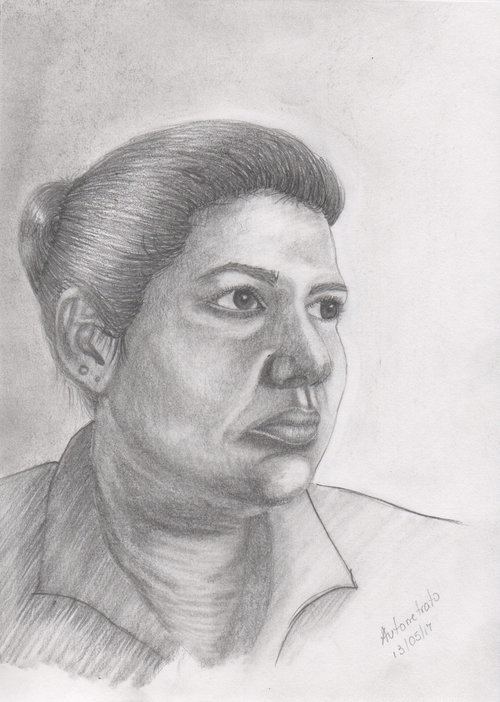Name Betty Edwards | Role Author | |
 | ||
Books Drawing on the Right Side of th, Color: A Course in Mastering, Drawing on the Artist Within: A, Drawing on the Right Side of th, Brief Encounters | ||
Betty edwards exe
Betty Edwards (born 1926 in San Francisco, California) is an American art teacher and author, best known for her 1979 book, Drawing on the Right Side of the Brain (as of April 2012, in its 4th edition). She taught and did research at the California State University, Long Beach until she retired in the late '90s. While there, she founded the Center for the Educational Applications of Brain Hemisphere Research.
Contents
- Betty edwards exe
- The Importance of Making a Color Wheel
- Professional life
- Theories on drawing and brain function
- References

The Importance of Making a Color Wheel
Professional life

She received a Bachelor's in Art from the University of California, Los Angeles (UCLA, 1947), a Master's of Art from California State University, Northridge, and a Doctorate in Art, Education, and Psychology from UCLA (1976).

Drawing on the Right Side of the Brain has remained the dominant book on its subject, used as a standard text in many art schools, and has been translated and published in many foreign languages, including French, Spanish, German, Polish, Hungarian Chinese and Japanese. Her company, Drawing on the Right Side of the Brain, develops special drawing tools, materials, and videos to help individuals learn to draw.

An artist and painter, she taught at high school level in the Los Angeles public school district (Venice High School), then at community college, and from 1978 until her retirement in 1991, in the Art Department at California State University, Long Beach. All of her teaching experience has been in art: drawing, painting, art history, art-teacher training, and color theory. In addition to teaching drawing workshops around the world, she has also done business consulting with major national and international corporations to enhance creative problem solving.
Theories on drawing and brain function

Edwards's method of drawing and teaching was revolutionary when she published it in 1979. It received an immediate positive response, and is now widely accepted by artists, teachers, and others around the world. Underlying the method is the notion that the brain has two ways of perceiving and processing reality – one verbal and analytic, the other visual and perceptual. Edwards' method advocates suppressing the former in favor of the latter. It focuses on disregarding preconceived notions of what the drawn object should look like, and on individually "seeing". Drawing, says Edwards, has five component skills of perception and drawing:


Then there are two additional skills, numbers 6 and 7:

Edwards's early work was based in part on her understanding of neuroscience, especially the cerebral hemisphere research which suggested that the two hemispheres of the brain have different functions. To avoid the so-called "location controversy" (how the two major cognitive functions are distributed in the individual brain depending on handedness and other factors), she termed the modes "L-mode" and "R-mode." These designations appeared in the original 1979 edition of "Drawing on the Right Side of the Brain." She described L-mode as basically a verbal, analytic, sequential mode of thinking, and R-mode as basically visual, perceptual, and global.
Dietrich and Kanso did a meta-review of 72 experiments and found no conclusive support for the hemisphere laterality of creativity:
Taken together, creative thinking does not appear to critically depend on any single mental process or brain region, and it is not especially associated with right brains, defocused attention, low arousal, or alpha synchronization, as sometimes hypothesized.
